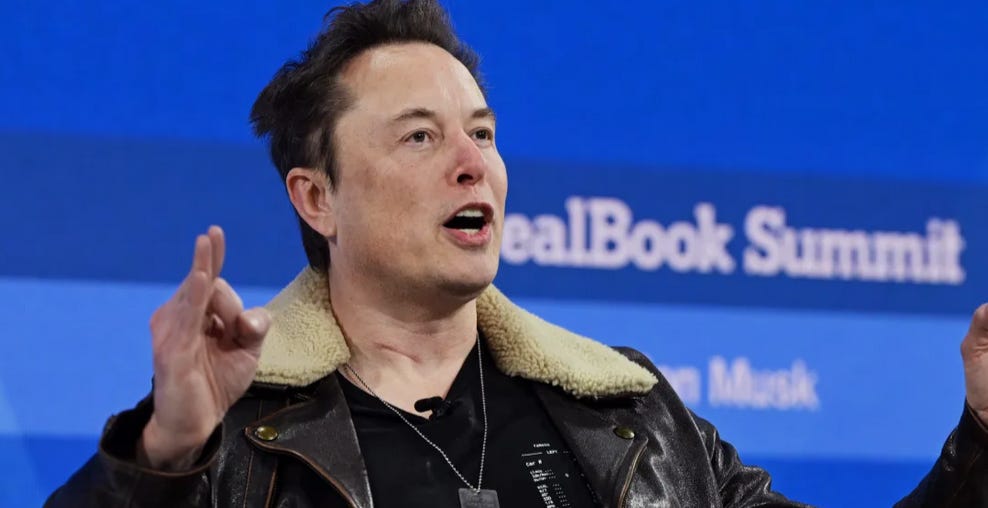D.C. Memo: Starlink Shrinking Broadband Performance Gap between Rich and Poor, Researchers Find
'Starlink shows great promise in terms of equity,' Carnegie Mellon University Researchers Claim.
▪️BREAKING: Charter Adds 493,000 Mobile Lines, Drops 109,000 Broadband Subs▪️Frequency Forward Files to Block SpaceX-Echostar Deal at FCC ▪️McMorris Rodgers, Upton, Walden Want 39% Cap Killed ▪️Newsmax to ‘Tip Our Toe into The Water’ with Crypto, Ruddy Says▪️Trusty Outlines Goals on Powering Telecom Sector▪️ Breezeline Sees Broadband Net Adds Improve▪️Trump to Name White House Aide Ryan Baasch to FTC▪️Malone Stepping Down as Chairman of Liberty Media▪️Sook Staying as Nexstar CEO through March 31, 2029▪️Steve Croney Named to Run Comcast’s Broadband Division▪️Sam Love Taking Over as Policy and Strategy Officer at NCTA
BREAKING: Charter Communications, parent of Spectrum, Friday morning reported lower Internet subscriptions and revenue in the third quarter, even as its mobile business continued to expand. The company said it lost 109,000 Internet customers in the quarter, better than the 117,000 lost in the previous quarter and leaving the company with 29.8 million broadband subscribers as of Sept. 30, 2025. Mobile remained a bright spot, with Charter adding 493,000 mobile lines in the quarter, down slightly from the 500,000 added in the second quarter, bringing total mobile lines to 11.4 million. Revenue fell 0.9% from a year earlier to $13.7 billion, which the company attributed to declines in residential video and advertising. Residential connectivity revenue – which includes broadband – rose 3.8%. Net income attributable to Charter shareholders was $1.1 billion. Adjusted EBITDA slipped 1.5% to $5.6 billion. In the quarter, Charter spent $2.2 billion on stock buybacks.
Starlink: Carnegie Mellon University researchers said SpaceX’s Starlink satellite service is showing signs of narrowing Internet performance gaps between rich and poor communities. In an article Thursday, Ph.D. student Isabel Suizo said she joined a CMU team that examined U.S. speed test data by the median household income of each county and compared the bottom and top 10% of the income distribution. Suizo found that for a random sample of non-Starlink providers, median download speeds in higher-income counties were about 30% faster than speeds in lower-income counties. Starlink results looked different, Suizo said in her article posted to the Internet Society’s Pulse platform. Suizo said Starlink samples showed little variation by income level – and in some cases, median speeds were slightly lower in wealthier counties. “Starlink shows great promise in terms of equity,” she wrote, suggesting that the service’s large coverage area may allow users in lower-income regions to benefit from infrastructure serving more affluent areas. Suizo called this the “neighbor effect,” which she outlined in greater detail in her jointly produced paper “A First Look at Starlink’s Impact on Internet Equity.” (More after paywall.)


